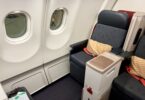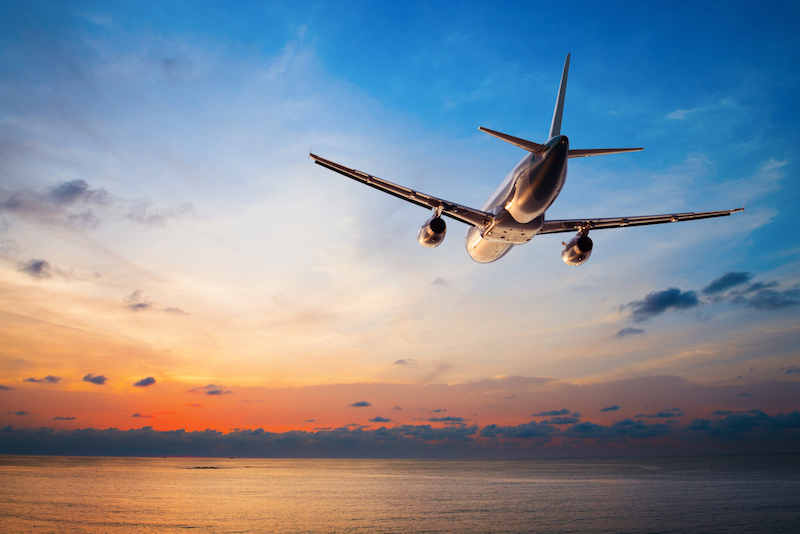Inevitably, you will try to find a flight someplace at some point (or maybe you have already experienced this) and find that the flight is a ridiculous price. You think, “I know I saw that for less just the other day – what happened?” Or another thing that happens – you are looking to fly someplace (say, the Caribbean) and the flight you were looking at before has a huge increase in price. You think, “Why is everyone going there? NO ONE goes there?”
Welcome to airline fare classes! Did you know that the seat you sit on in an airplane has as many as 10 – 15 different fare designations? That means that there could be 10 different prices put on that single seat! Why?
On an airplane, there are up to 3 actual class of service – First Class, Business Class, Economy Class (within economy, there are now additional sub-classes such as Economy Comfort). Those are classes of service or cabins. When it comes to actually purchasing seats within those cabins, there are multiple fare codes that are assigned to those seats. Those fare codes have various rules associated with them.
Here is an example with Delta Airlines:
- F (full first class fare – refundable)
- A, P (discounted first class fare)
- J (full business class fare – refundable)
- G, C, D, I (discounted business class fare)
- Y (full coach fare – refundable)
- B, M (slightly discounted coach fare)
- S, H, Q, K (discounted coach fare)
- L, U, T, X, V, E (deeply discounted coach fare)
- N (award coach fare)
- O (award business fare)
- R (award first fare)
Can you believe that?! Now, there are only certain numbers of fares available per fare class and each one (except the most expensive fares, like a Y class) has restrictions that go with it. Some of the restrictions involved with purchasing tickets are:
- Saturday night stay required
- Sunday night stay required
- Minimum night stay required (like 2 or 3 night stay)
- 21 day advance purchase
- 14 day advance purchase
- 10 day advance purchase
- 7 day advance purchase
- 3 day advance purchase
- Maximum stay (such as 30 days)
- Purchase by date
- Certain day of the week to purchase
And there are many others that pop up depending on the airline and season. So, when you see a fare jump in price, it can be for many reasons – the number of seats in the lower fare bracket sold out, you passed the advance purchase date, you changed your departure date (which put it under the minimum stay), etc. For instance, if you were looking at tickets to Honduras and they were around $400 and you see them jump the next day to $500, that does not mean EVERYONE is going to Honduras. What may happen (this was a real-life situation) is that the flight you were looking at went Rochester – Atlanta – Honduras and the Rochester – Atlanta flight sold out of the “T” fare class, causing it to default to the next fare class – “U”. That brings a bump in price.
When it comes to award travel, the same holds true. You may wonder why you cannot find low availability tickets when you still see cheap seats available. The reason is that the award availability fare structure works independently of the revenue fare structure, ie. there may be “T” fare available, but the low availability of the “N” fare has sold out. Confusing? Yes, it can be. But at least you may be able to better understand why airfare prices fluctuate so greatly. This is one of the reasons that airfare is so expensive to purchase on the weekends – the fare rules change slightly when purchased on a Saturday as opposed to purchasing on a Tuesday. Expert Flyer is a great tool to help you figure out some of the specifics in regards to fares (look for a future post describing how to find the best award availability using Expert Flyer).








[…] What’s the Deal With Fare Classes? (or,why are these flights so expensive?) […]
[…] prepared should you get in. St. George is not a big city and airplane seats fill up fast (read this post for information on why prices change so radically). It is best to have secured seats before the […]